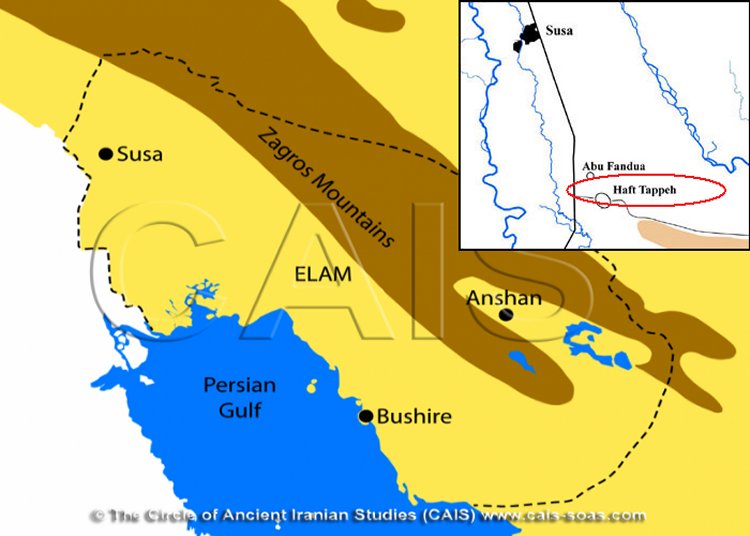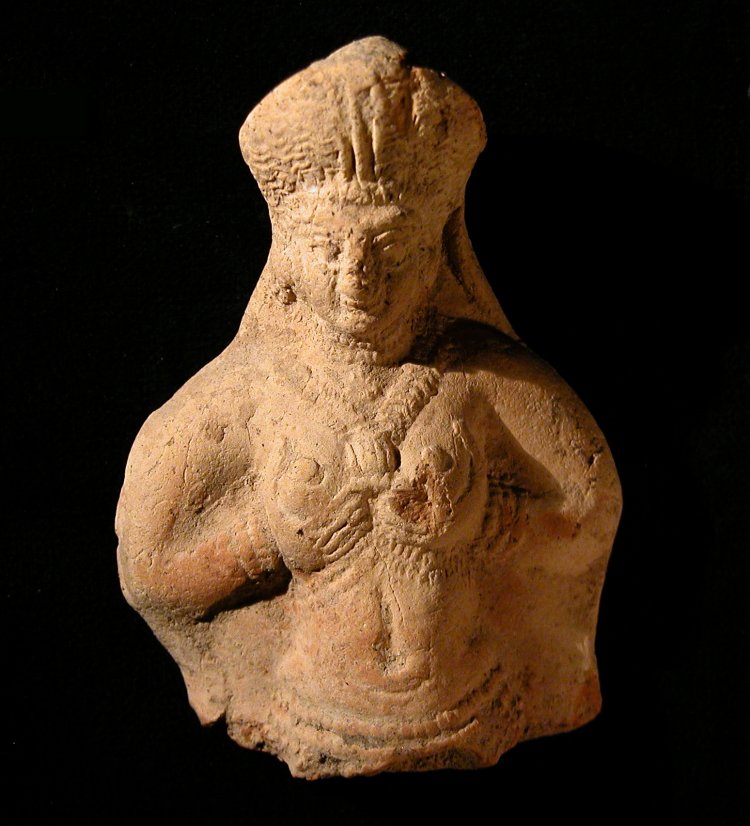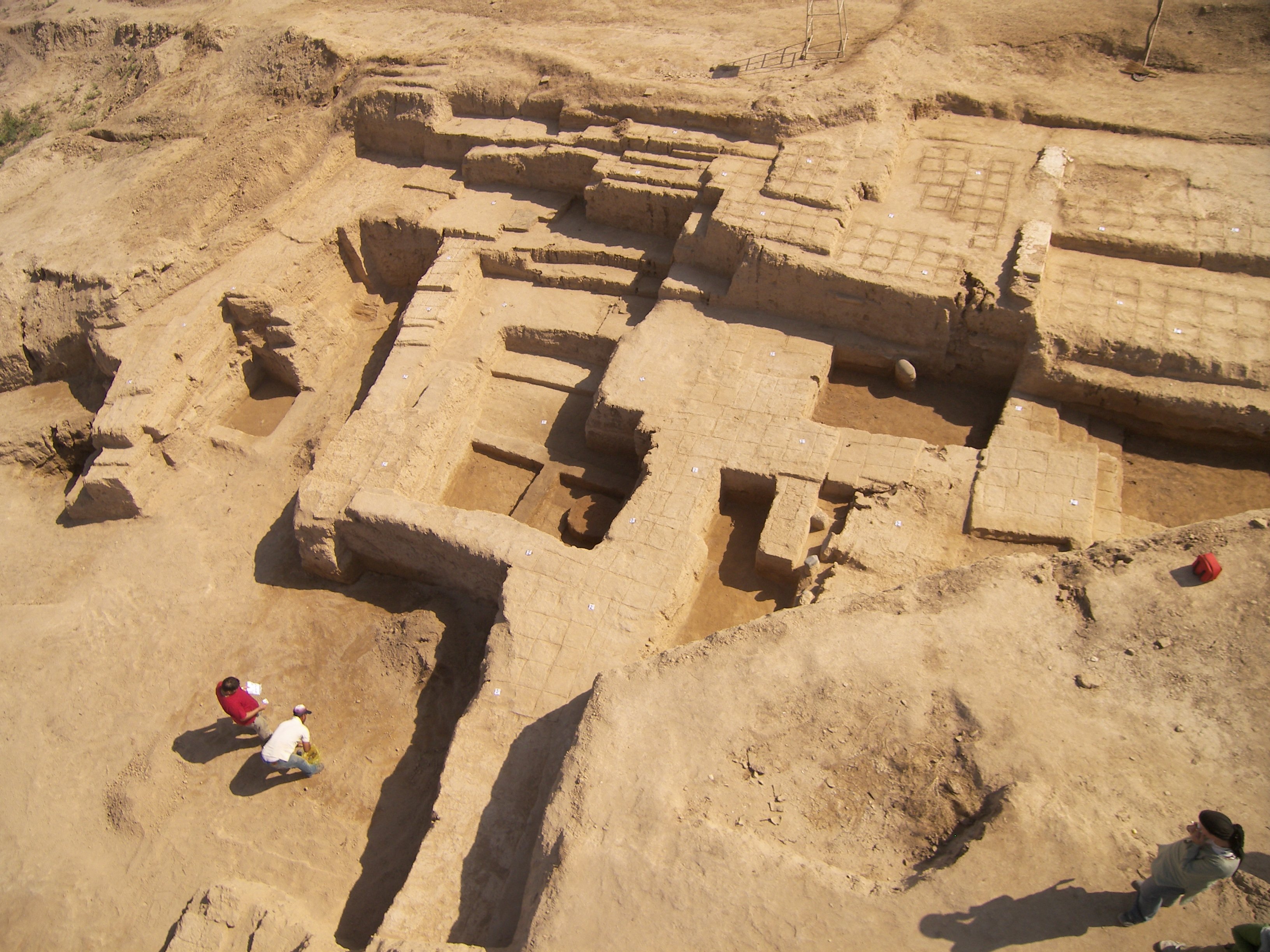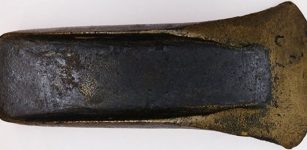3,400-Year-Old Tragedy That Occurred In Ancient Elamite Site Of Haft Tappeh, Iran: Excavations Continue
MessageToEagle.com – The ruins of the ancient city of Haft-Tappeh (“Seven Hills”) lie on the plain of Khuzestan, 15 km to the south of Susa and two kilometers from the Chogha Zanbil Ziggurat.
This large Elamite site contains fourteen major visible mounds, the largest rising about 17 meters above the surrounding plain which, with its related extensions, covers an area about 1500 meters long and 800 meters wide.
Archaeologists from Mainz University continue excavations in Haft Tappeh in southwestern Iran and the team headed by Dr. Behzad Mofidi-Nasrabadi recently discovered that the city’s population fell victim to a massacre at the end of the settlement phase.

They found a mass grave containing the skeletal remains of several hundred people in a street between the dwellings of the final building layer. The dead had simply been haphazardly piled one on top of another behind a wall.
See also:
Ancient Fascinating City Of Susa That Appeared In The Earliest Sumerian Records
In the middle of the second millennium BC, a city emerged approximately 15 kilometers south of the capital Susa that would soon ascend to become the most prominent center within the Elamite empire.

The Elamite kings Tepti-ahar and Inshushinak-shar-ilani built here monumental structures such as temples and palaces, and the area covered by the city was extended to roughly 250 hectares.
The city continued to flourish for about one hundred years, and trade and political relations with neighboring states such as Babylon were established. A recently discovered workshop with attached clay tablet archive provides ample evidence of the expansion of commerce, arts, and crafts.

At the end of the 14th century BC, the urban developments in Haft Tappeh stagnated for reasons that are as yet unknown.
Some of the monumental structures were abandoned while others ceased to be used; materials from their ruins were subsequently employed by the population to build simple homesteads.

The German Research Foundation (DFG) has recently approved the continued financing of the project. Thus it will now be possible to continue the excavations in order to reveal the particular circumstances of this human tragedy and its historical background. Mainz University had provided start-up funding for the excavation campaign in early 2015.
MessageToEagle.com
source: Mainz University










